While Brazil and Peru might be the first countries that come to mind when planning a South American adventure, this diverse continent offers countless destinations that deserve a spot on your travel radar. From hidden mountain towns to less-visited coastal gems, each place tells its own unique story through food, culture, and centuries of history.
Here are 19 must-visit spots across South America where you can experience everything from ancient ruins to modern city life, all while avoiding the usual tourist crowds at more well-known locations.
- Best tourist destination: Machu Picchu, Peru
- Underrated hidden gem: Huacachina, Peru
- Best for families: Galápagos Islands, Ecuador
- Best for couples: Cartagena, Colombia
- Best for solo travelers: Buenos Aires, Argentina
- Best for nature lovers: Iguazu Falls, Brazil
Machu Picchu, Peru
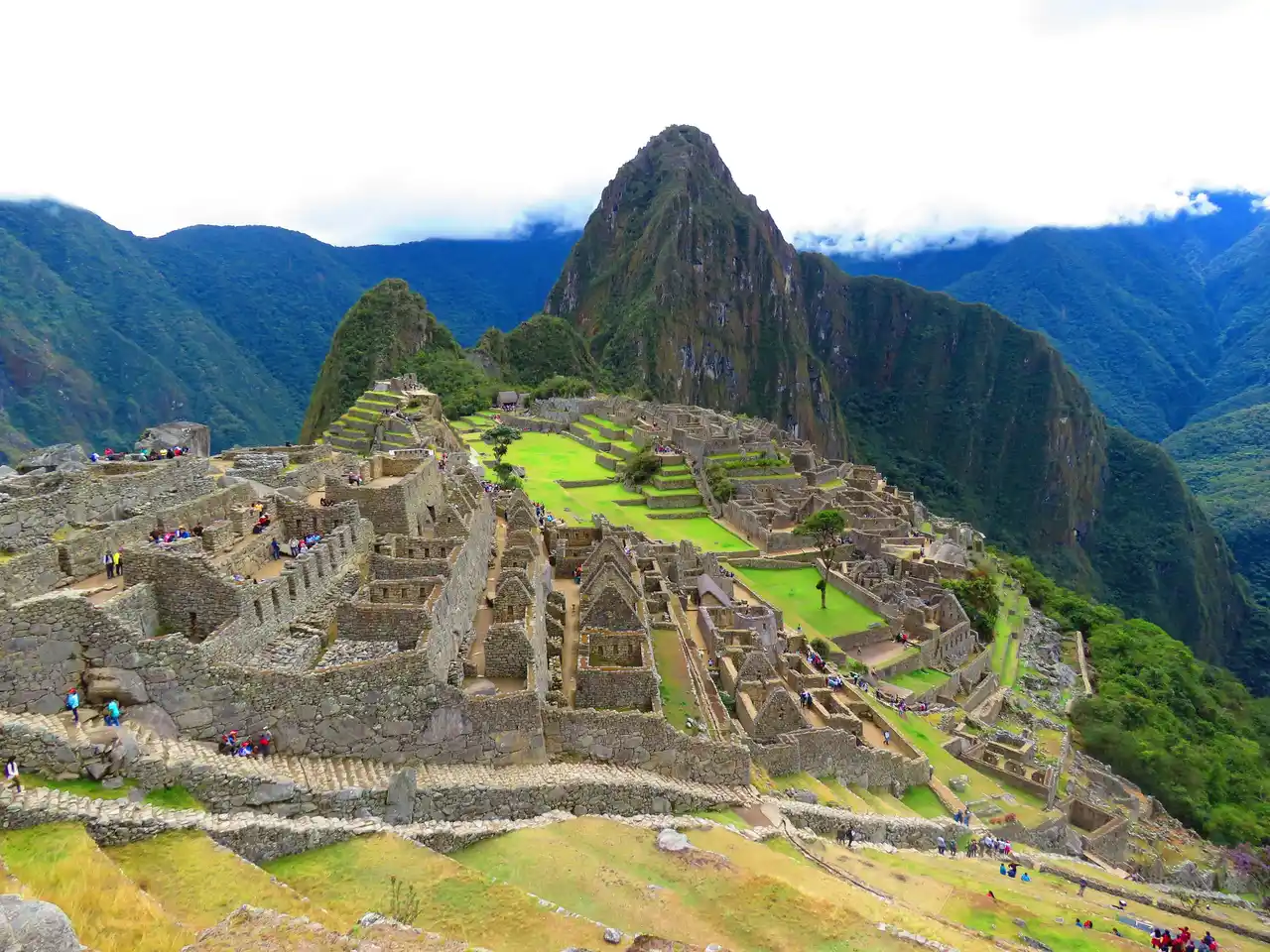
I first visited Machu Picchu in 2018, drawn by its reputation as South America’s most famous archaeological site. Perched high in Peru’s Sacred Valley at 7,972 feet above sea level, this ancient Incan city sits nestled between two peaks, Machu Picchu and Huayna Picchu mountains. Stone terraces and temples make up most of the 15th-century complex, while the surrounding cloud forest creates a misty backdrop that changes throughout the day. The classic view from the Guard House shows the iconic granite walls and green terraces, with morning fog often rolling through the valleys below. Whether you arrive via the famous Inca Trail trek or take the train to Aguas Calientes, the first glimpse of these ancient ruins leaves visitors in awe of what the Incas achieved over 500 years ago.
Rio de Janeiro, Brazil

Rio de Janeiro sits along Brazil’s southeast coast, where mountains meet golden beaches and carefree energy fills the streets. Like many coastal cities in South America, Rio has its share of sun, sand, and surf spots. But unlike the others, it feels like a place where music and movement are woven into daily life. Just listen for the distant beat of samba drums echoing through the hillside neighborhoods, and you’ll understand what I mean. Because of Rio’s unique geography, with forested peaks rising straight from the ocean, the city spreads between mountains and sea, creating hidden beaches and lookout points everywhere. The iconic Christ the Redeemer statue watches over it all from atop Corcovado Mountain, while the locals, known as Cariocas, keep the city’s spirit alive with their easy-going attitude and love for outdoor living.
Galapagos Islands, Ecuador

Get up close with rare wildlife when you visit the Galapagos Islands, where Charles Darwin developed his theory of evolution. The islands offer countless opportunities to spot unique species like giant tortoises, marine iguanas, and blue-footed boobies in their natural habitat. You can snorkel with playful sea lions at Santa Fe Island or hike up to Sierra Negra, one of the largest volcanic craters in the world. For the best experience, join a multi-day cruise that lets you explore several islands while learning about their distinct ecosystems from expert naturalist guides.
Iguazu Falls, Argentina/Brazil
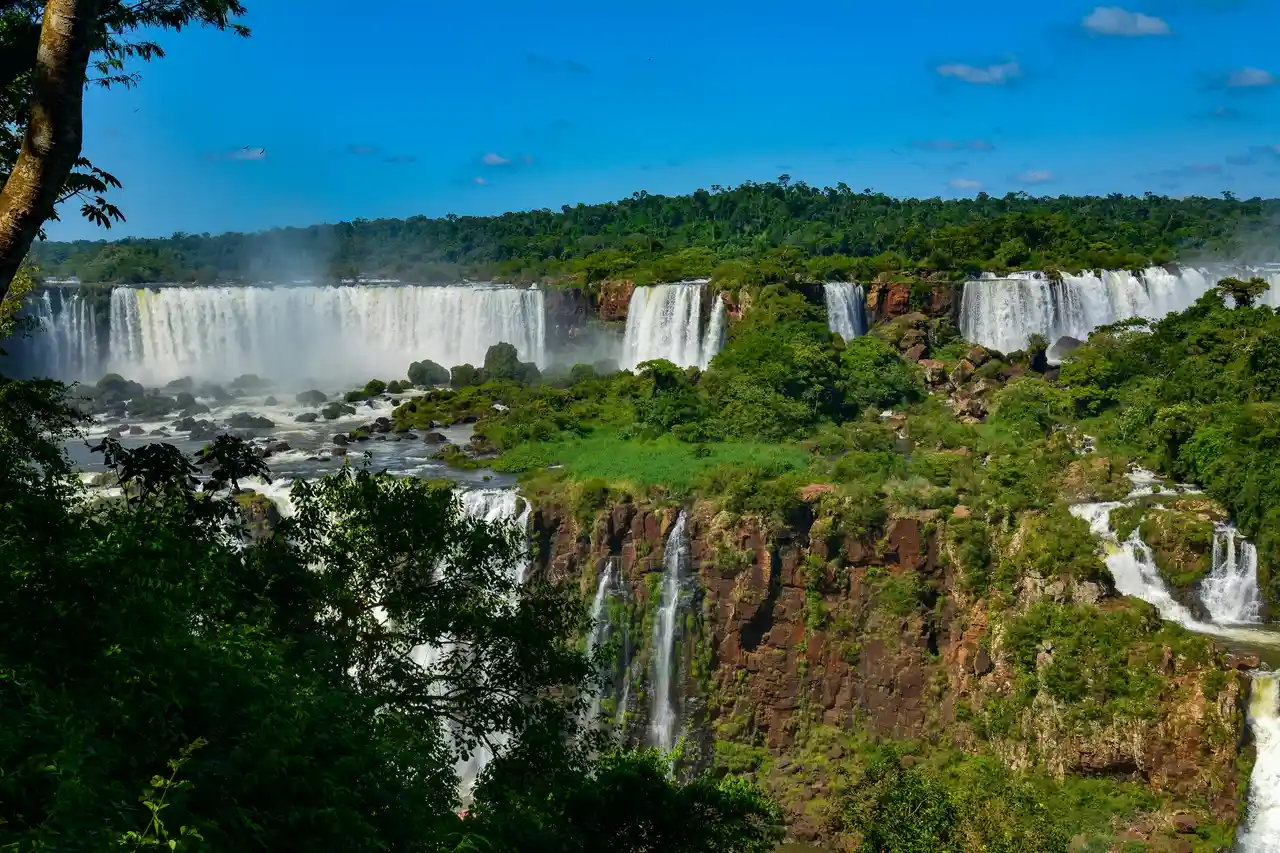
Ever heard the thundering roar of 275 waterfalls crashing down at once? That’s what greets you at Iguazu Falls, where the borders of Argentina and Brazil meet in a spectacular display of nature’s power. These falls, which make Niagara look modest in comparison, stretch for nearly two miles through lush rainforest, creating a misty wonderland where rainbows dance in the spray. You can walk along well-maintained trails on both sides of the falls, but the Brazilian side offers the best panoramic views, while the Argentine side lets you get close enough to feel the cool mist on your face. Keep an eye out for curious coatis (raccoon-like creatures) that wander the paths, and if you’re lucky, you might spot toucans flying overhead in this natural paradise.
Salar de Uyuni, Bolivia
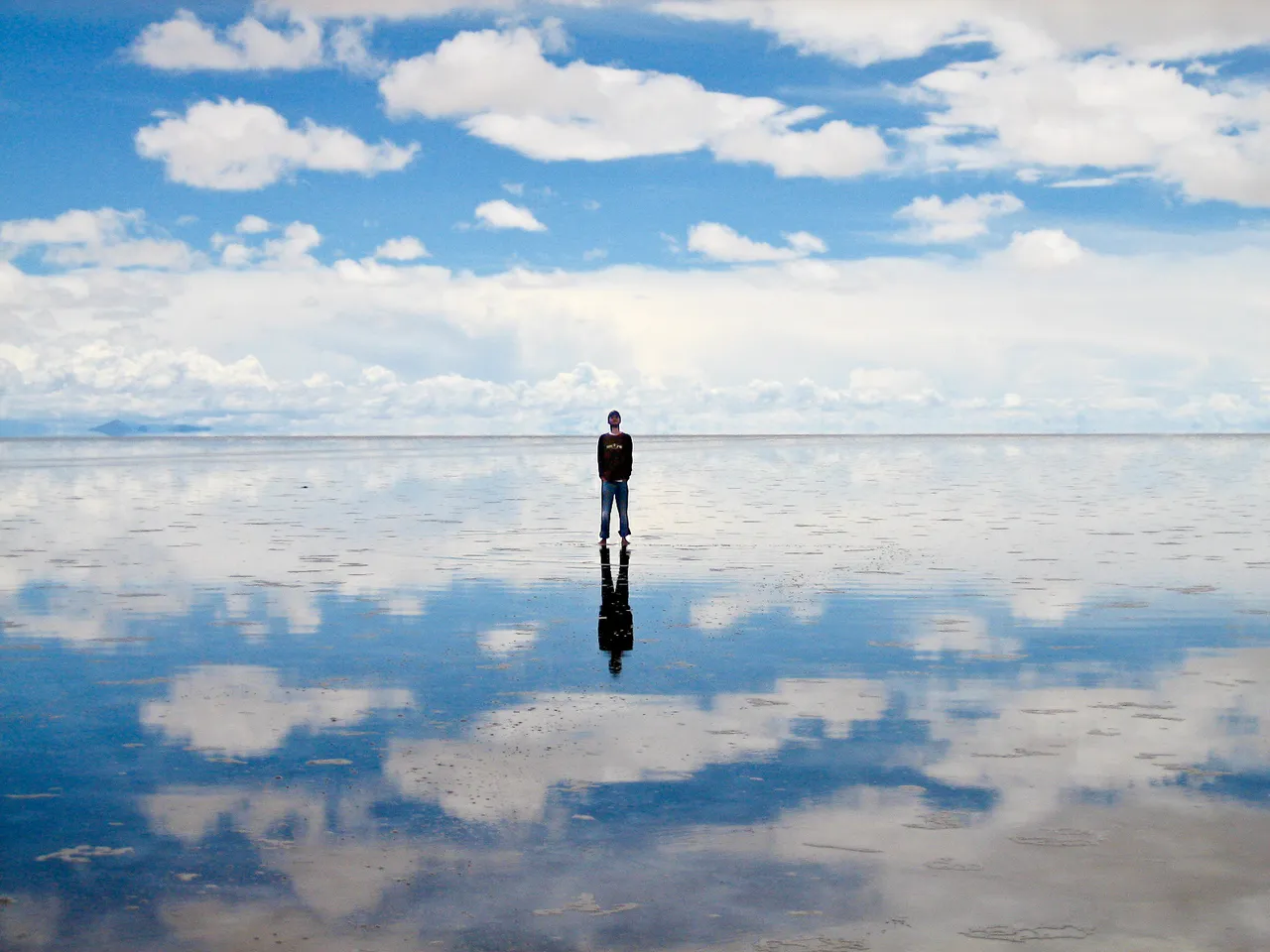
Experience one of nature’s most unusual landscapes at Salar de Uyuni, the world’s largest salt flat. This massive white expanse stretches over 4,000 square miles, creating mirror-like reflections during the rainy season that make it impossible to tell where the sky ends and the ground begins. Take a 4×4 tour across the salt crust to discover small islands dotted with giant cacti, or stay at one of the unique hotels built entirely from salt blocks. For the best photo opportunities, visit at sunrise or sunset when the light plays tricks on your eyes, making it feel like you’re walking on clouds.
Cartagena, Colombia
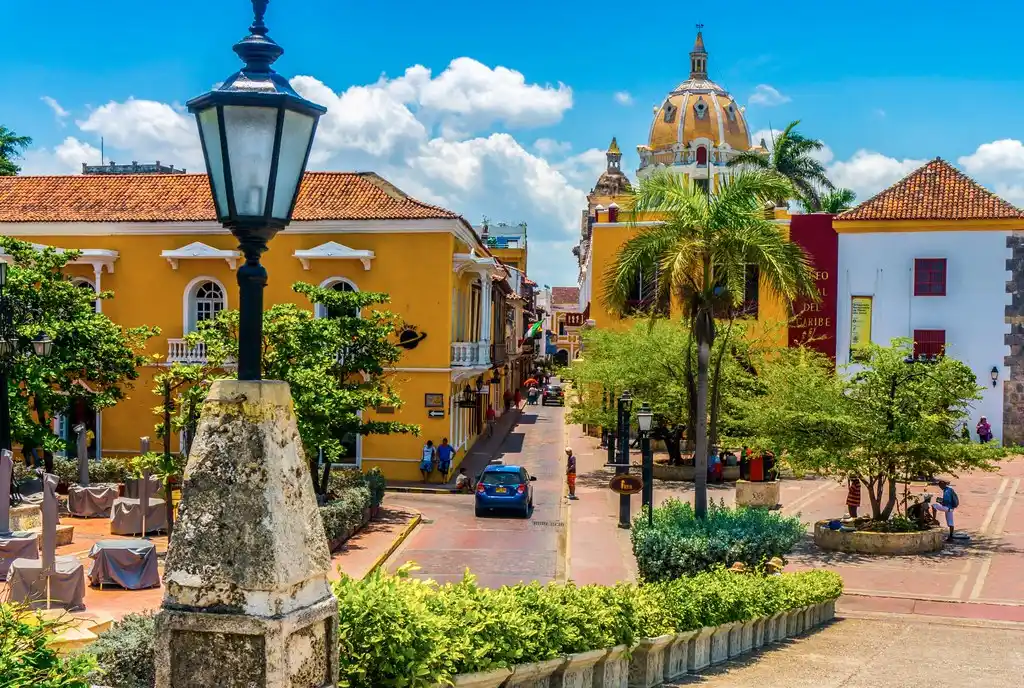
Perched on Colombia’s Caribbean coast, Cartagena feels like a colorful storybook come to life. The city’s walled old town, a UNESCO World Heritage site, features cobblestone streets lined with colonial buildings in shades of yellow, pink, and blue. Unlike many South American cities that have modernized rapidly, Cartagena holds tight to its 16th-century Spanish colonial charm. Just watch the street vendors selling fresh fruit from wooden carts and locals chatting on their balconies draped with bougainvillea, and you’ll see what I mean. Thanks to its strategic location, Cartagena was once a major port for Spanish conquistadors, and you’ll find remnants of this wealthy past in its massive fortifications, grand churches, and ornate mansions that dot the historic center.
Torres del Paine, Chile

Torres del Paine stands out as one of South America’s most remarkable national parks, where granite peaks pierce the clouds and glaciers carve through pristine valleys. This Chilean wonderland draws hikers from across the globe to tackle its famous W Trek – a 5-day journey that weaves past turquoise lakes, through wind-swept grasslands, and beneath towering mountains that seem to touch the sky. It’s not your typical walk in the park – the weather can turn from sunny to stormy in minutes, and the trails demand solid preparation – but those who venture here find themselves in a landscape that feels almost prehistoric, where wild guanacos roam freely and condors soar overhead.
Amazon Rainforest, Brazil
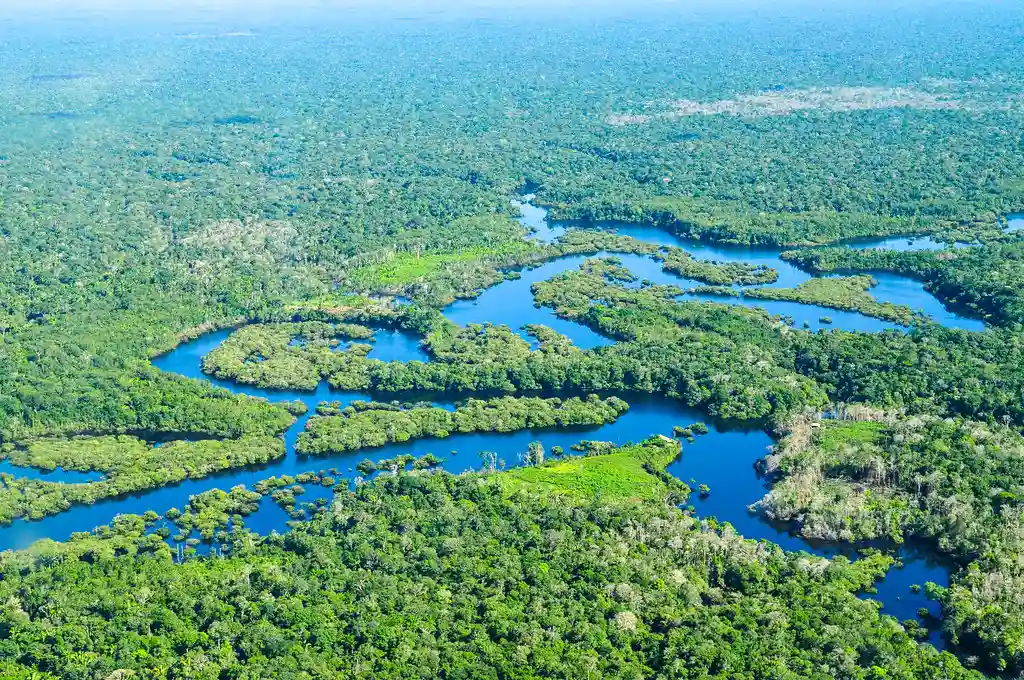
The Amazon Rainforest in Brazil is like nowhere else I’ve experienced in South America. This vast expanse of thick jungle covers nearly half of Brazil and serves as home to more plant and animal species than anywhere else on Earth. Getting around means taking river boats that weave through the dense forest, stopping at remote villages and watching pink river dolphins play in the coffee-colored water. It’s not a place for those seeking luxury – you’ll need to embrace the humid air and symphony of jungle sounds – but travelers who venture deep into the Amazon are treated to a world that feels completely untouched by time. From spotting three-toed sloths hanging in the canopy to fishing for piranha with local guides, every day brings encounters that remind you just how wild this corner of the planet still is.
Easter Island, Chile
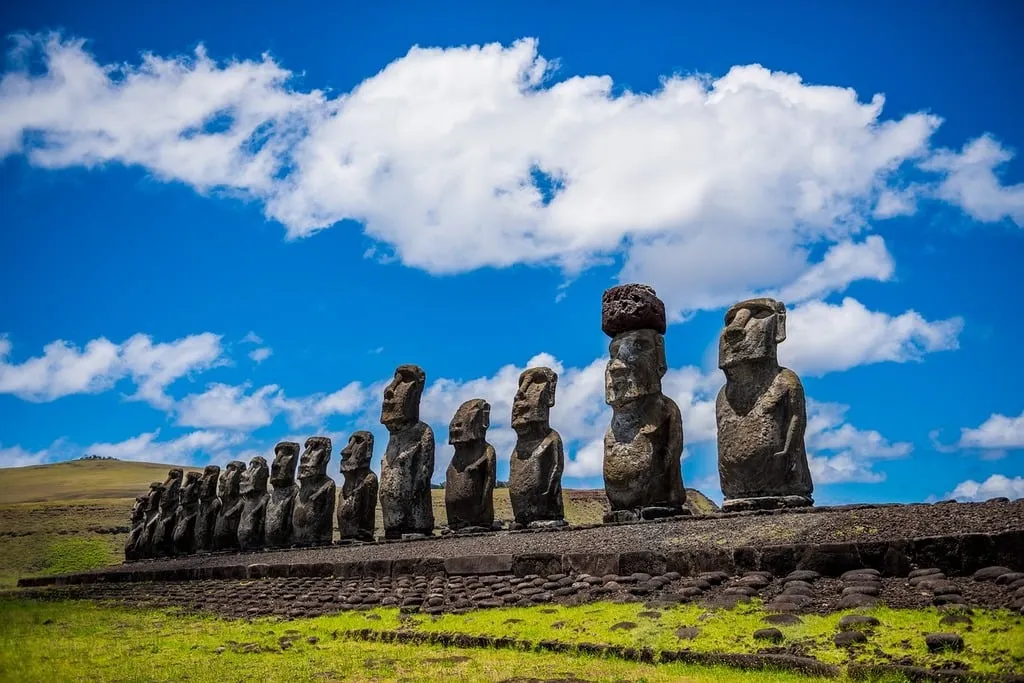
Ever wondered what it’s like to stand next to a giant stone head that’s twice your size? That’s daily life on Easter Island, a remote piece of Chile floating in the Pacific Ocean. This mysterious island, known to locals as Rapa Nui, is home to nearly 900 moai statues – those famous stone faces that have puzzled researchers for centuries. While most visitors come for the iconic heads, the island offers much more than ancient monuments. You can explore volcanic craters, relax on black sand beaches, or chat with friendly locals about their Polynesian culture. The best part? The island only has one town, Hanga Roa, where you’ll find family-run restaurants serving fresh ceviche and traditional curanto (food cooked in earth ovens).
Buenos Aires, Argentina

I always tell first-time visitors to Buenos Aires to wander through the colorful streets of La Boca. This lively neighborhood shows off the city’s passionate tango culture, with dancers performing in the streets and local artists displaying their work along El Caminito. The mix of European architecture, world-class steakhouses, and late-night milongas (tango halls) gives you a true taste of Argentina’s capital – where dinner starts at 10 PM and the fun doesn’t stop until sunrise.
Cusco, Peru
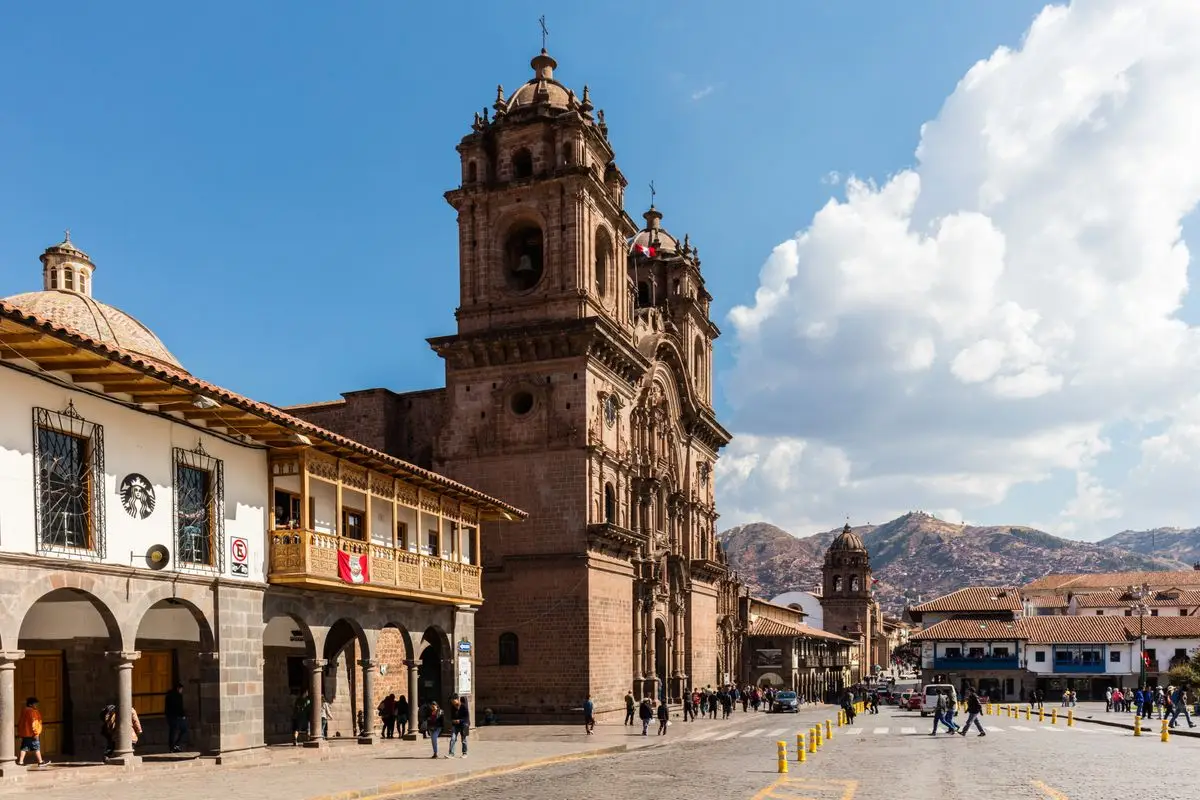
Perched high in the Andes at 11,152 feet above sea level, Cusco serves as the gateway to Machu Picchu and the Sacred Valley of the Incas. Like many colonial cities in South America, Cusco has its churches, plazas, and cobblestone streets. But unlike the others, it feels like two worlds merged into one. Just look at the precise Inca stonework forming the base of Spanish colonial buildings, and you’ll understand what I mean. Because of its role as the former capital of the Inca Empire, Cusco became a melting pot of indigenous and European influences, and you’ll find ancient temples, local markets filled with alpaca textiles, and traditional Peruvian food around every corner.
Fernando de Noronha, Brazil

Ever dreamed of swimming in waters so clear you can count the fish from above? That’s everyday life in Fernando de Noronha, a cluster of 21 islands off Brazil’s northeastern coast. This protected marine park sits 220 miles from the mainland, keeping crowds low and nature pristine. It’s one of the world’s top spots for diving with sea turtles and dolphins, who seem to play hide-and-seek in the warm turquoise waters. The beaches here, like Baia do Sancho, regularly make “world’s best” lists – and getting there involves climbing down ladders through rock crevices, making the arrival feel like a real adventure. When you’re not in the water, you can trek the islands’ gentle hills, where you’ll likely spot colorful birds and maybe even meet some of the friendly local lizards who call this paradise home.
Lake Titicaca, Peru/Bolivia
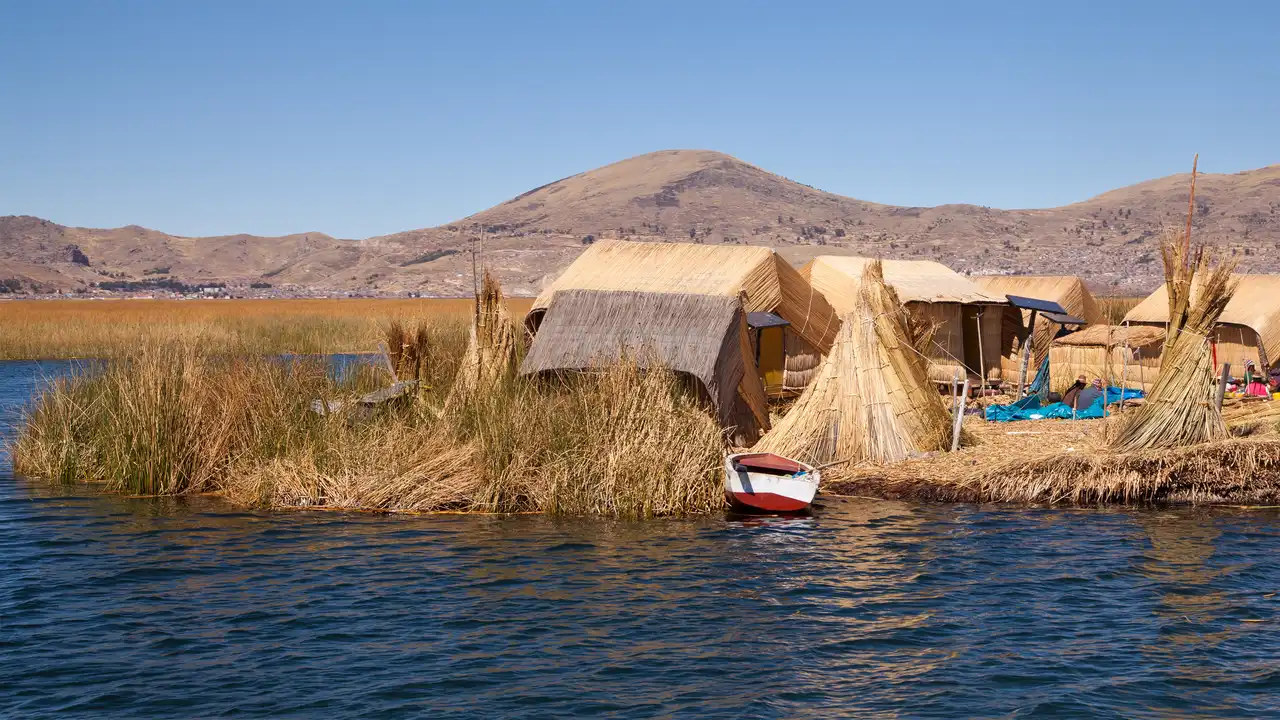
Have you ever slept in a floating house made of reeds? It’s a unique experience you can have on Lake Titicaca, the world’s highest navigable lake that straddles the border between Peru and Bolivia. The indigenous Uros people have lived on these man-made islands for centuries, keeping their traditions alive in the middle of this vast blue expanse. You can take a boat ride to visit their floating homes, learn about their way of life, and even try on traditional clothing. The lake is also home to Taquile Island, where local men are known for their expert knitting skills, and visitors can hike ancient paths while enjoying views of snow-capped Andes mountains reflected in the crystal-clear waters.
Angel Falls, Venezuela
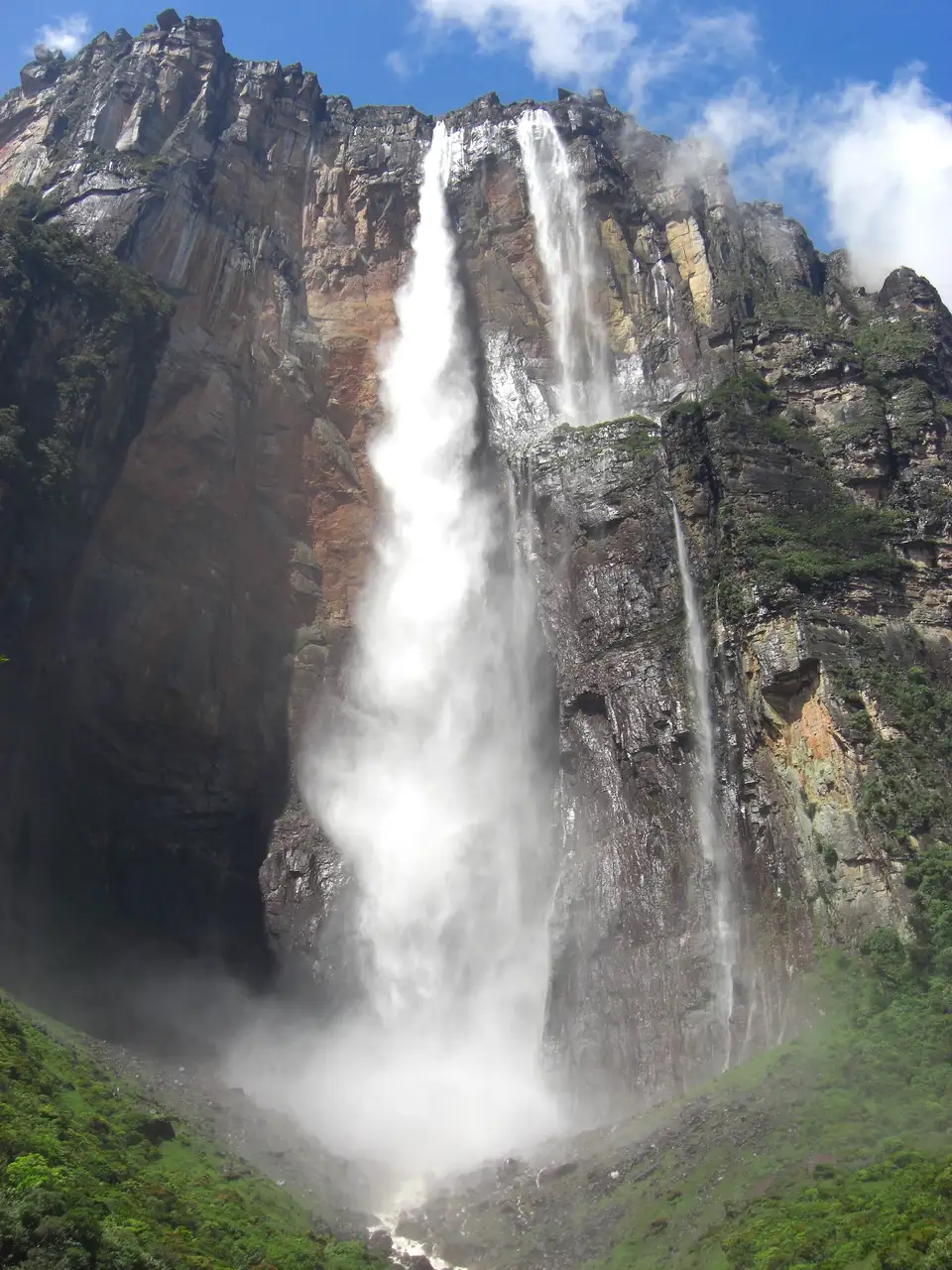
Many travelers journey to Angel Falls to witness the world’s highest uninterrupted waterfall, but this natural wonder offers much more than just falling water. Located in Canaima National Park, the falls plunge an impressive 3,212 feet from the top of Auyantepui mountain, creating a spectacular mist that can be seen from miles away. While getting to the falls requires a combination of flying and hiking through the Venezuelan wilderness, the journey itself becomes part of the adventure. During the rainy season (June to December), visitors can take boat trips right up to the base of the falls, while the dry season offers clearer views and better hiking conditions along the surrounding trails that wind through the ancient tepui landscape.
Atacama Desert, Chile
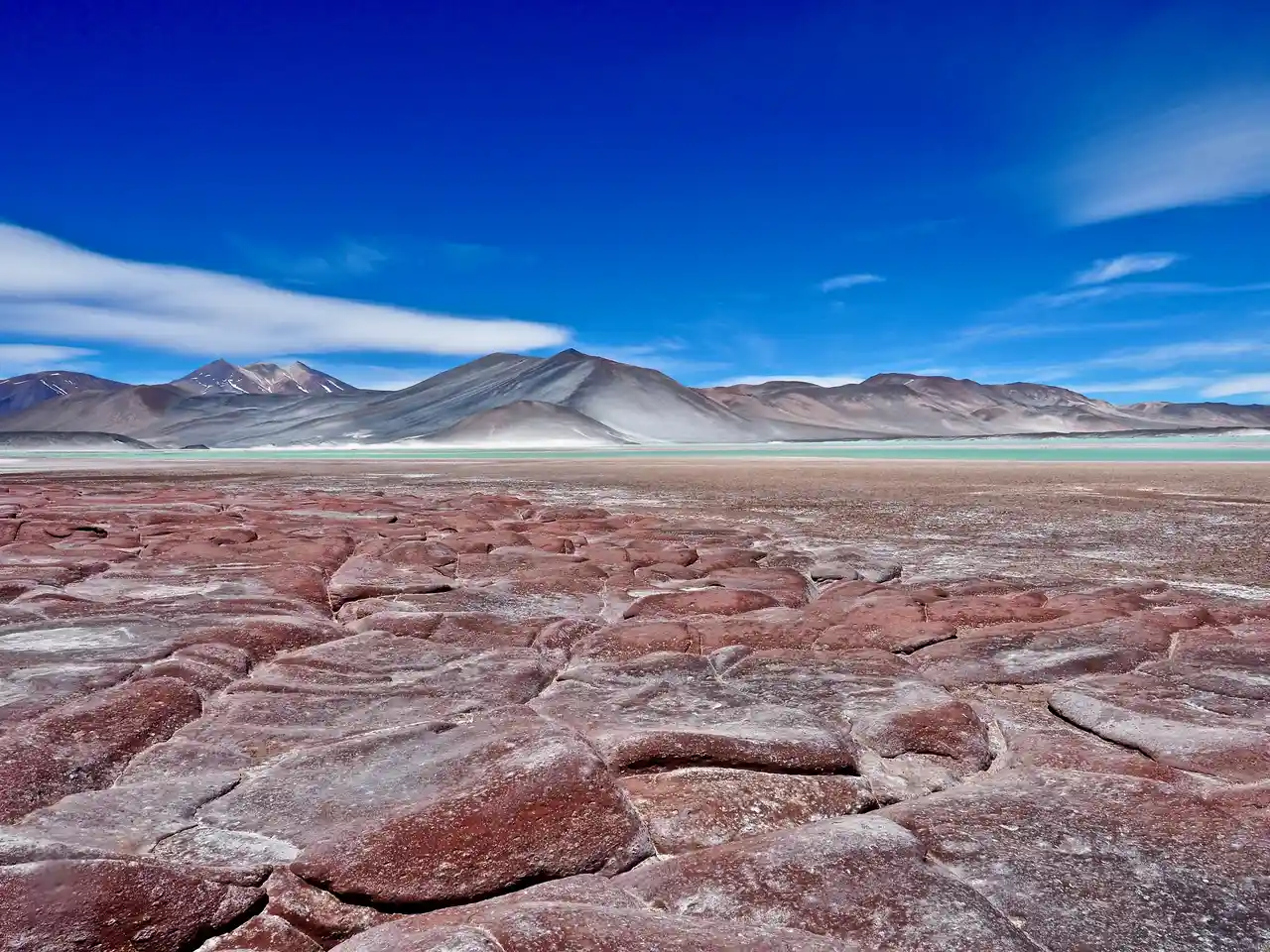
Experience the otherworldly beauty of Chile’s Atacama Desert, the driest non-polar desert on Earth. You can explore vast salt flats, gaze at geysers shooting steam into the crisp morning air, and float in lagoons that seem to glow in shades of red and blue. When night falls, join an astronomy tour to marvel at some of the clearest night skies in the world – the desert’s high altitude and lack of light pollution make it a prime spot for stargazing. Head to the small town of San Pedro de Atacama, where you can book tours to nearby attractions like the Moon Valley, with its rust-colored rocks and dunes that really do look like a lunar landscape.
Little-Known Fact:
The Atacama Desert in northern Chile is the driest non-polar desert in the world, with some parts not seeing a single drop of rain for over 500 years. Thanks to its high altitude and extremely low levels of light pollution, it’s considered one of the best places on Earth for stargazing, drawing astronomers and space enthusiasts who come to observe the Milky Way in crystal-clear night skies.
Quito, Ecuador
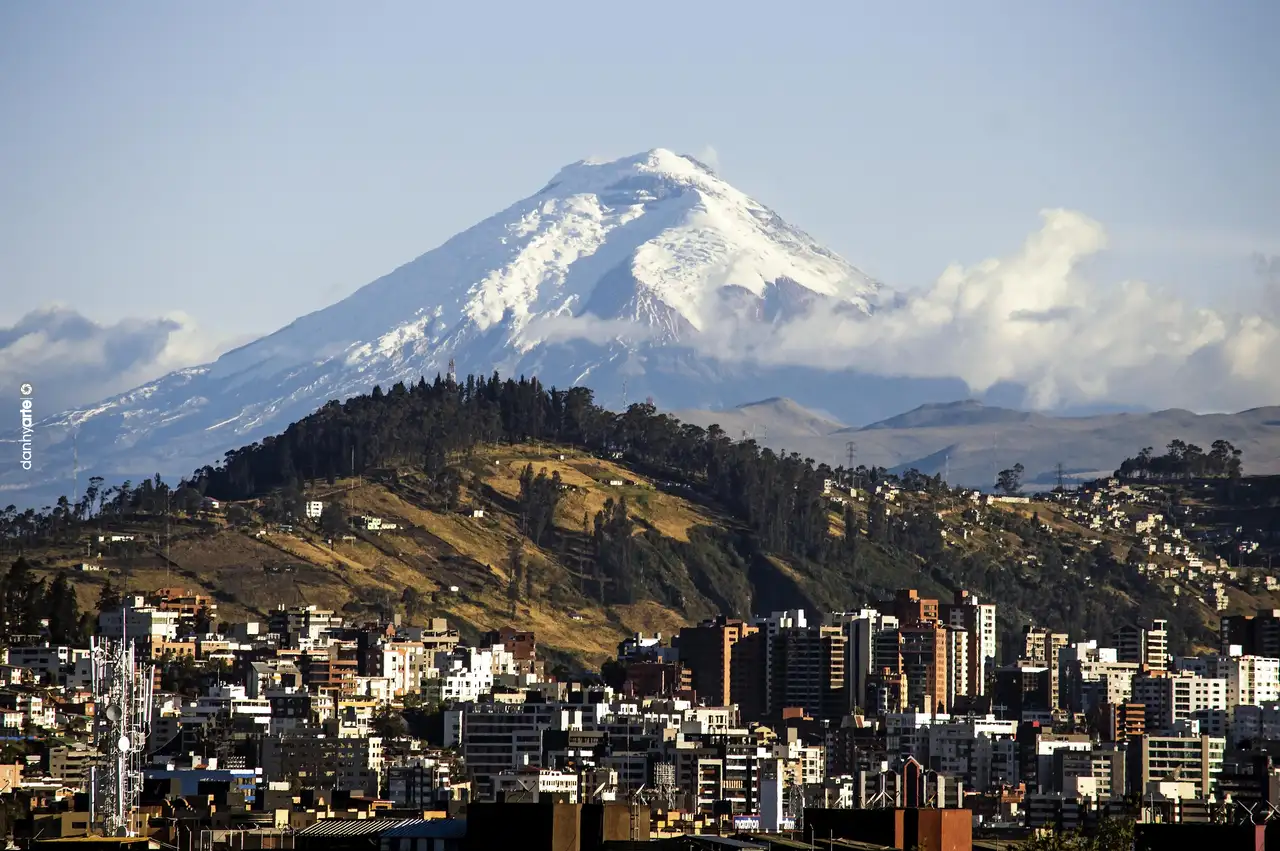
Perched high in the Andes at over 9,000 feet, Quito holds a special place in my heart as one of South America’s most fascinating capital cities. The well-preserved colonial Old Town, a UNESCO World Heritage site, lets you step back in time as you wander through narrow cobblestone streets lined with colorful 16th-century buildings and ornate churches. It’s a place where traditional culture meets modern city life – you can start your morning browsing indigenous crafts at the Otavalo Market, then spend the afternoon in the trendy La Floresta neighborhood sampling local chocolate and craft beer. And while the altitude takes some getting used to, the views of surrounding volcanoes and the chance to stand on the actual equator at the Middle of the World monument make any temporary shortness of breath worth it.
Mendoza, Argentina

If you’re searching for South America’s wine paradise, look no further than Mendoza. This laid-back Argentine city sits at the foot of the Andes Mountains, where rows of grape vines stretch as far as the eye can see. The region produces nearly two-thirds of Argentina’s wine, and you’ll find yourself spending lazy afternoons hopping between wineries, sipping Malbec, and chatting with passionate local vintners. But it’s not just about the wine – the city serves as a launch pad for outdoor adventures, from hiking and skiing in the nearby mountains to horseback riding through the countryside with gauchos. It’s a place where long lunches blend into evening asados (barbecues), and even the most rushed travelers find themselves slowing down to embrace the peaceful rhythm of life.
Huacachina, Peru

Rising from the desert sands of southern Peru, Huacachina looks like something straight out of a movie set. This tiny oasis town, built around a natural lagoon and surrounded by massive sand dunes, has become a magnet for backpackers and adventure seekers. It’s one of those rare places where you can spend your morning sandboarding down towering dunes, then kick back at a laid-back hostel bar in the afternoon, watching the sun cast golden light across the desert. What started as a hidden gem for local Lima residents has grown into Peru’s unofficial sandboarding capital, where dune buggy rides send you flying over sandy peaks and valleys. While it’s not the easiest place to reach – you’ll need to hop a bus from Lima or Cusco – the journey delivers a desert experience unlike anything else in South America.
San Pedro de Atacama, Chile
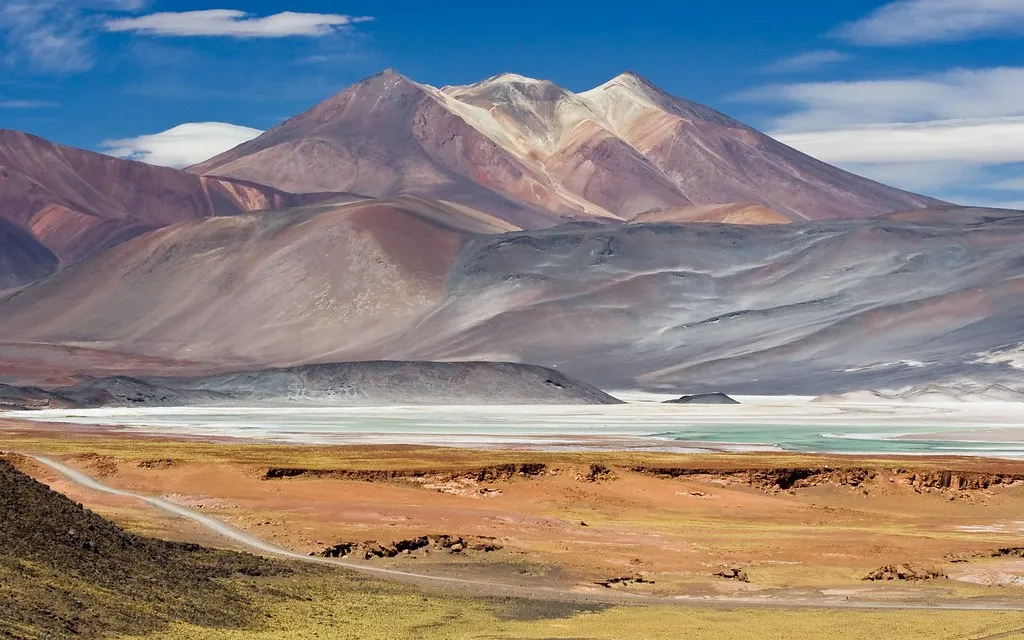
Ever seen a flamingo standing in a bright red lake? It’s a common sight in San Pedro de Atacama, a small desert town in northern Chile where salt flats meet rusty-colored mountains. The gateway to the world’s driest non-polar desert, this is one of the few places where you can float in salty lagoons by day and stargaze in the clearest skies by night. You can also explore the nearby El Tatio geysers, watch the sunset paint the Valley of the Moon in golden hues, and stay in cozy adobe hotels that blend perfectly with the desert landscape.